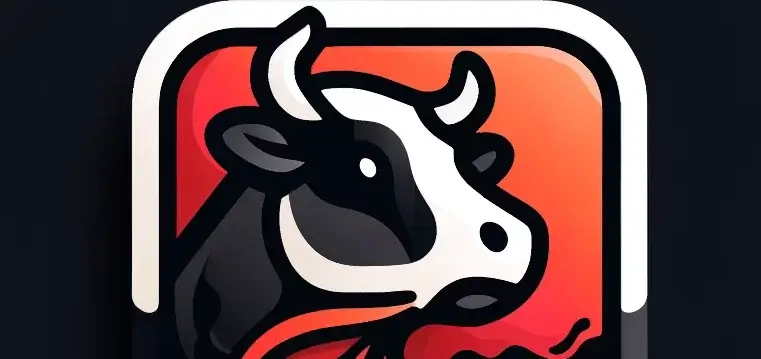Advertising online becomes more sophisticated, so does filtering technology around it. For content creators, it’s essential to know how ad blocking impacts revenue and reach to remain top of mind and visible.
In the world of influence in the digital age, it’s all about visibility. Post unseen, message unheard. And when millions of users employ some form of pop-up blocker or ad-blocking feature, that’s an ever-growing problem. What once sounded like a tech-side issue has direct ramifications on influencers and content creators worldwide.
And it not only blocks unwanted ads, it can also unknowingly block sponsored content, affiliate links and even crucial website functionality. For creators who count on every impression, click or view, it’s no longer a background issue. It’s part of the digital equation.

Ad Blockers Hinder Social Visibility
Influencers produce communities through visibility. That’s whether it’s a video on YouTube, a reel on Instagram or a paid blog article, all of it works on people seeing it as intended. Ad-blocking software, however, has become more aggressive. They no longer just block banner ads, but now eliminate embedded scripts and widgets, which help to drive interaction.
These blockers are particularly prevalent in high digital literacy regions. Globally, users in Europe, some parts of Asia and Australia have been adopting blockers in ever-increasing numbers, based on worldwide surveys. That’s particularly so on desktop. That leaves many creatives potentially disconnected from active, high-value audiences; not because their content isn’t interesting, but because it’s literally not appearing.
When a story tag fails to load or a revenue-generating widget isn’t rendering, content loses more than aesthetics. It loses functionality. And with it, valuable data, insights and oftentimes, revenue.
Sponsored Content versus Blocked Content
The majority of influencers rely on sponsored content and product mentions to aid in their content production. These, however, when mistakenly identified by an ad blocker, may never be viewed by the consumer. For platforms like blogs, newsletters or comment sections on YouTube, this tends to be most prevalent.
Though native integrations within most social platforms such as Instagram or TikTok are difficult to block (meaning most users never see them) the link ecosystem and external plugin ecosystem remains open to being blocked. Affiliate links, drop-announcement pop-up windows or sign-up links for newsletters tend to go missing. Most users never see them at all.
This disconnect can mean creators are producing finished content without realizing its desired effect. For brand partners, it makes it harder to report on campaigns. For influencers, it leaves a blind spot in their content strategy. Well-done work can produce diminishing rewards, by no fault of its own.
Workarounds to Keep Your Influence Going
All hope isn’t lost. Awareness is step number one — realizing ad-blockers exist and are hurting your outreach. Where you go from there, however, can be adaptable. One option is to integrate fewer ad-like elements and more native features. Rather than blingy banners or floating pop-up windows, think story mentions or integrated text links.
Keep landing pages simple, too. Pages chock-full of third-party scripts or widgets have a better chance of landing on a blocking list. Reducing unnecessary codes and keeping to reputable platforms lowers your risk of content filtering.
Additionally, creating more value-driven content encourages users to whitelist your domain or channel. If your followers see your work as informative, authentic and enjoyable, they’re more likely to make exceptions. They may allow full access to your content, even if they generally use blockers.
Establishing Trust by Means of Indigenous Content and Genuine Interaction
Of all the good solutions to the problem of blockers, perhaps one of the best has been around longest: be human. When content isn’t promotional, but instead feels organic, it has a better chance to tap its full audience. Content native to its delivery platform, such as storytelling that incorporates a brand mention organically, has less chance of being blocked. It has a higher chance of being memorable, too.
They already prize this format in platforms like Instagram and TikTok. It’s something you can replicate across newsletters, podcasts and websites. Authenticity breeds trust. And trust gains attention, even in a world where blockers are popular.
Commenting back, participating in discussions and putting a face to the brand also creates lasting relationships. Individuals are more inclined to promote creators they have an affinity toward. That emotional capital extends beyond what any pop-up ever could.
Navigating a World Where Blockers are the Popular Norm
The digital world is ever-evolving. For influencers, remaining prominent entails more than going viral. With instruments such as pop-up blockers discreetly influencing what we see, content creators must be more thoughtful than ever before.
It’s not only adapting to tech, it’s producing content strong enough to stand on its own, even when visibility cannot be assured. That involves valuing clarity, value and trustworthiness. Whether it’s a blog piece, a tweet or an entire campaign, it’s a message that resonates best when it skips the ads altogether. In an age of filters, software-driven and social, authenticity still wins out. And to today’s influencers, it’s the most precious reach of all.
